Very beautiful cobalt blue color enhanced with a gilded bronze mount.
Work based on the model created by Simon-Louis Boizot representing the figure of Philosophy.
36cm high.
Very good condition
The classical male figure, which represents an allegory of Philosophy, was originally modeled by the sculptor Boizot in 1780, who sold it with its counterpart, the Study, to the Sèvres porcelain factory.
The latter produced them in white biscuit until 1786.
Boizot had been appointed artistic director of sculpture at Sèvres in 1773 and, during his career, he supervised the design of more than 150 of his models reproduced in unglazed porcelain.
Like Louis Simon Boizot, Pierre Philippe Thomire also worked at the Sèvres factory, initially as an assistant to artistic director Jean-Claude Duplessis in making the factory's mounts.
After Duplessis' death in 1783, Thomire took over Duplessis' work and provided all the gilt-bronze mounts for the factory's porcelain.
As the Getty cataloguing notes, it was probably through his close working relationship with Boizot that Thomire was able to obtain the model, as well as the exclusive sale (with François Rémond) for this allegory and its pendant.
The figures of The Study and Philosophy became highly fashionable and were not only reproduced by Sèvres as individual figurines, but also appeared on a series of clock cases by François Rémond (1747–1812), called the Pendulum aux Maréchaux.
Rémond's watercolour of 1785 shows the two figures seated on either side of the clock drum, which in turn is surmounted by an eagle (illustrated in Ottomeyer and Pröschel, op. cit. p. 295, pl. 4.17.5)
. Rémond's design arose from a commission by the marchand-mercier Dominique Daguerre, who in 1788 supplied two clocks of this model to Louis XVI at Saint-Cloud.
In addition to Saint-Cloud, other clocks of the same design can be seen in the British Royal Collection and the Hermitage in St Petersburg.





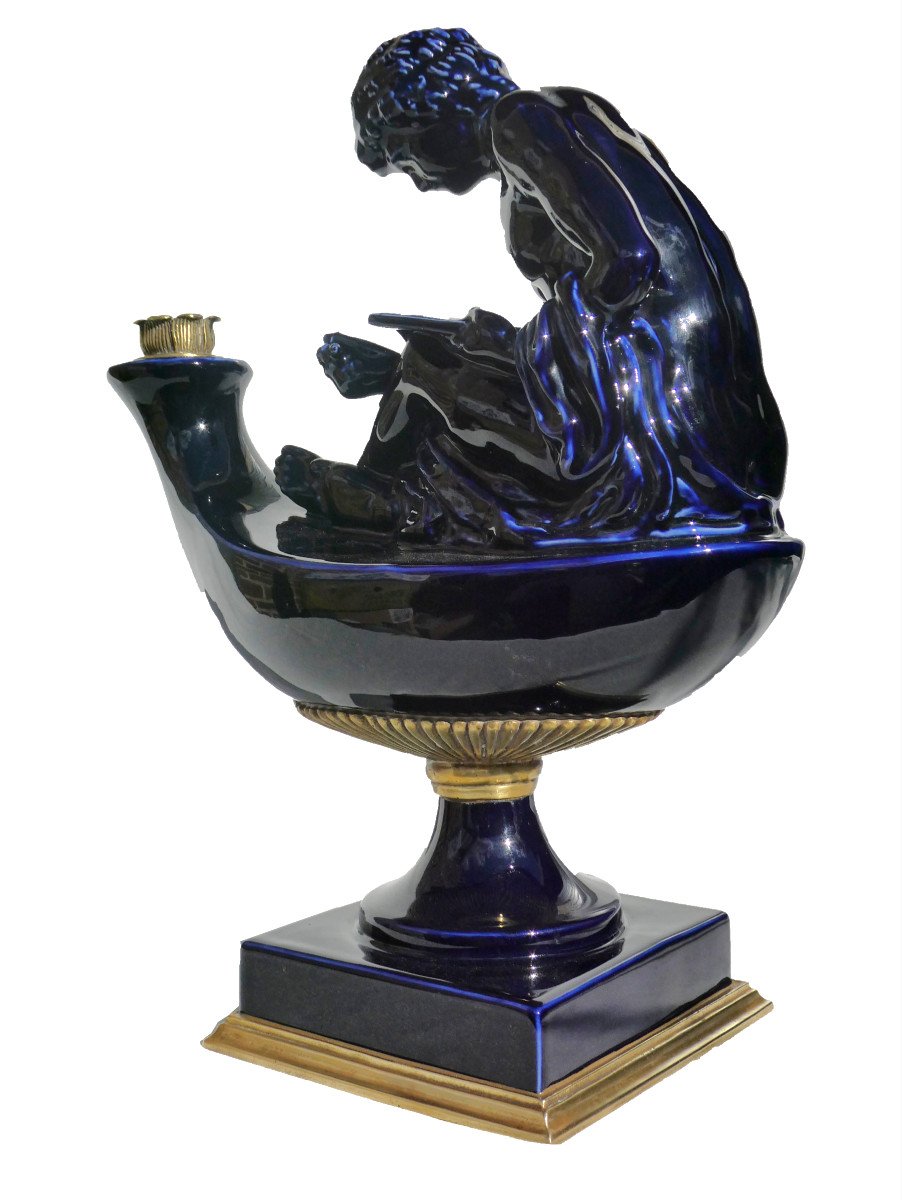

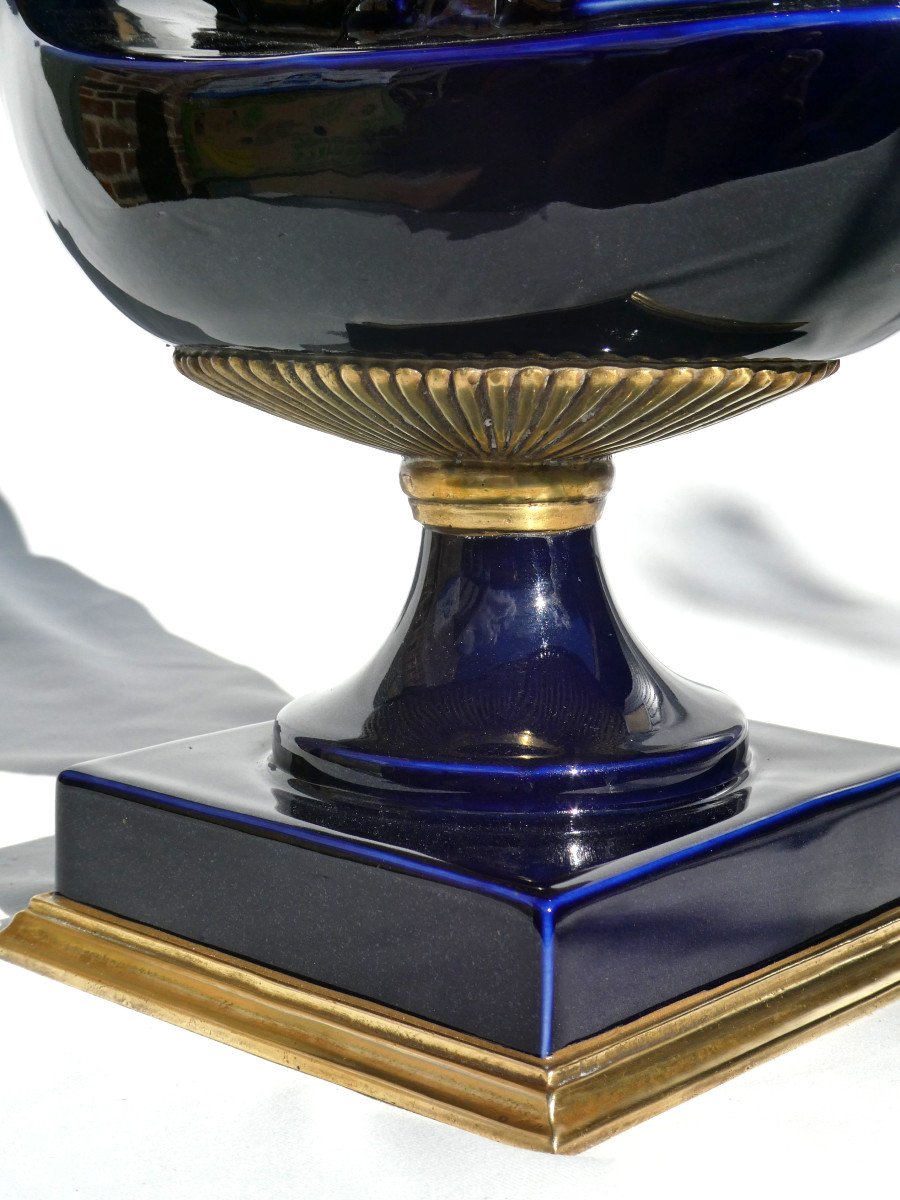
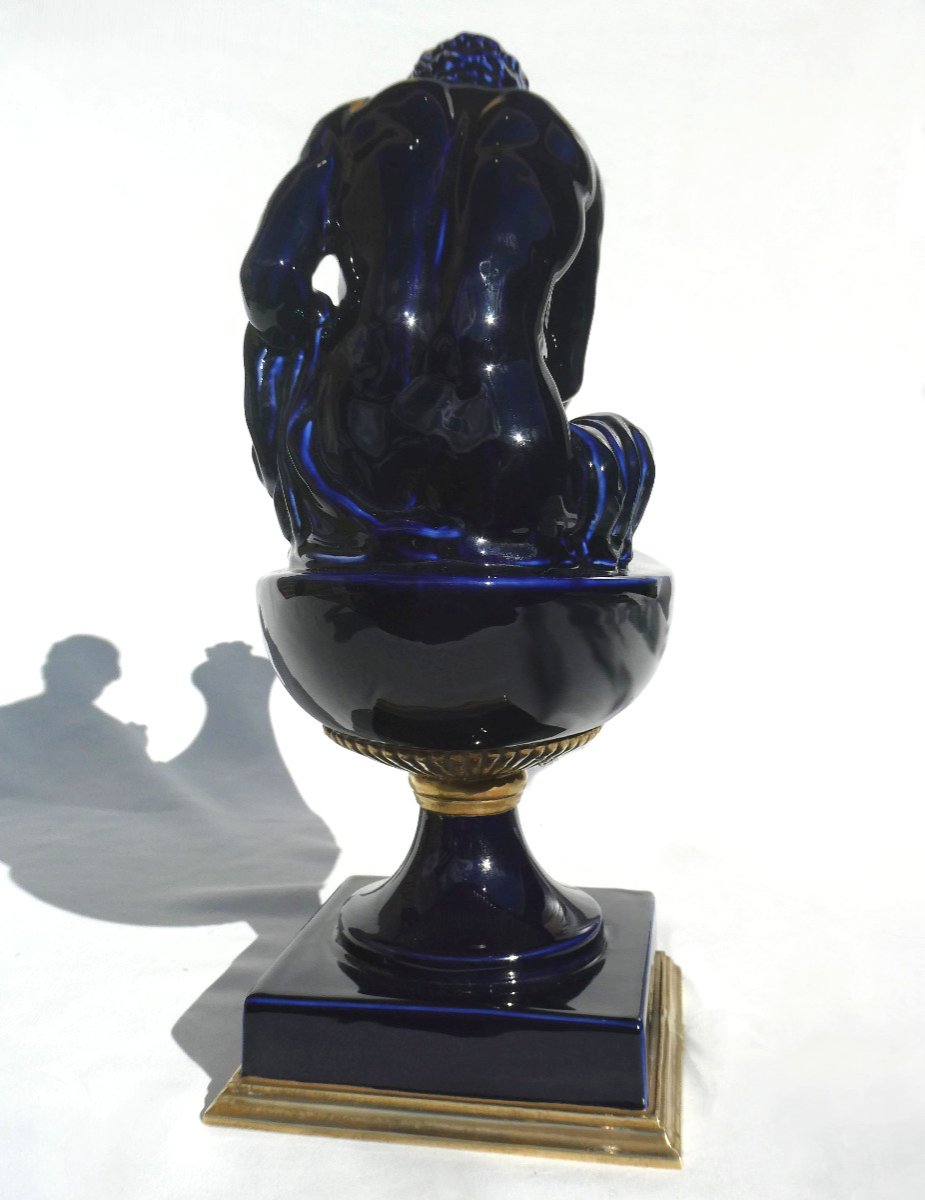
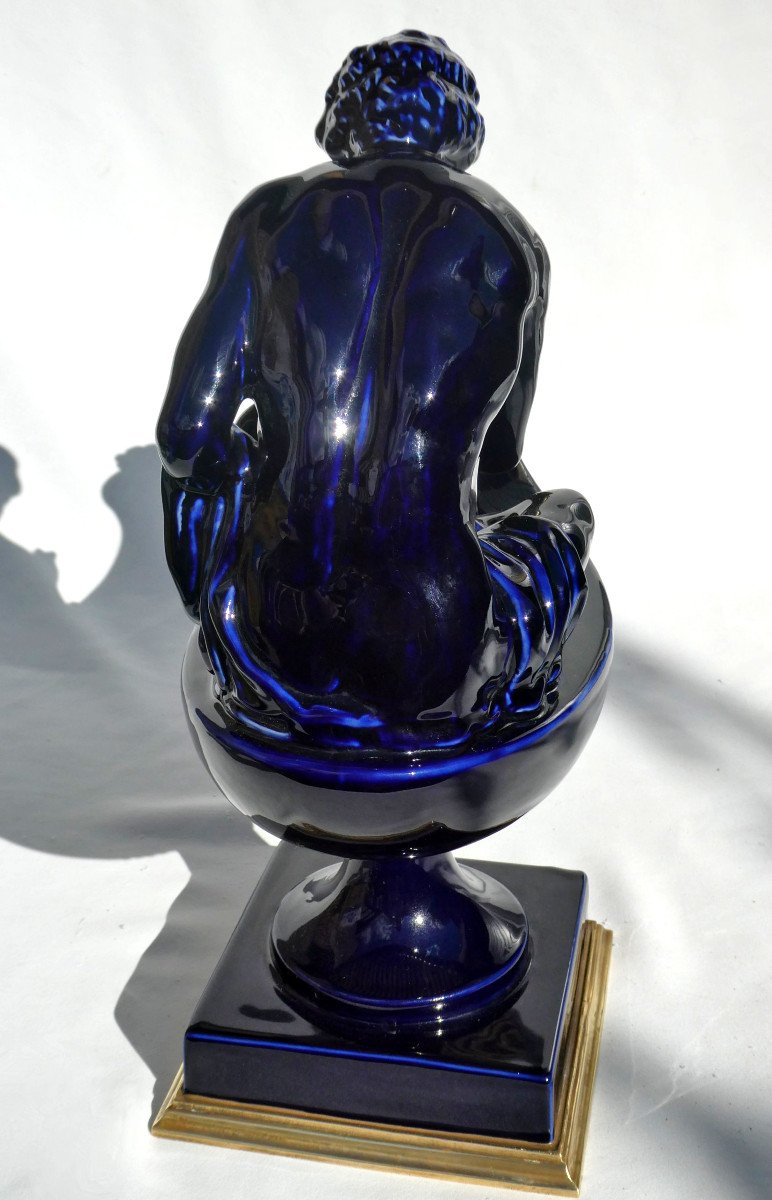
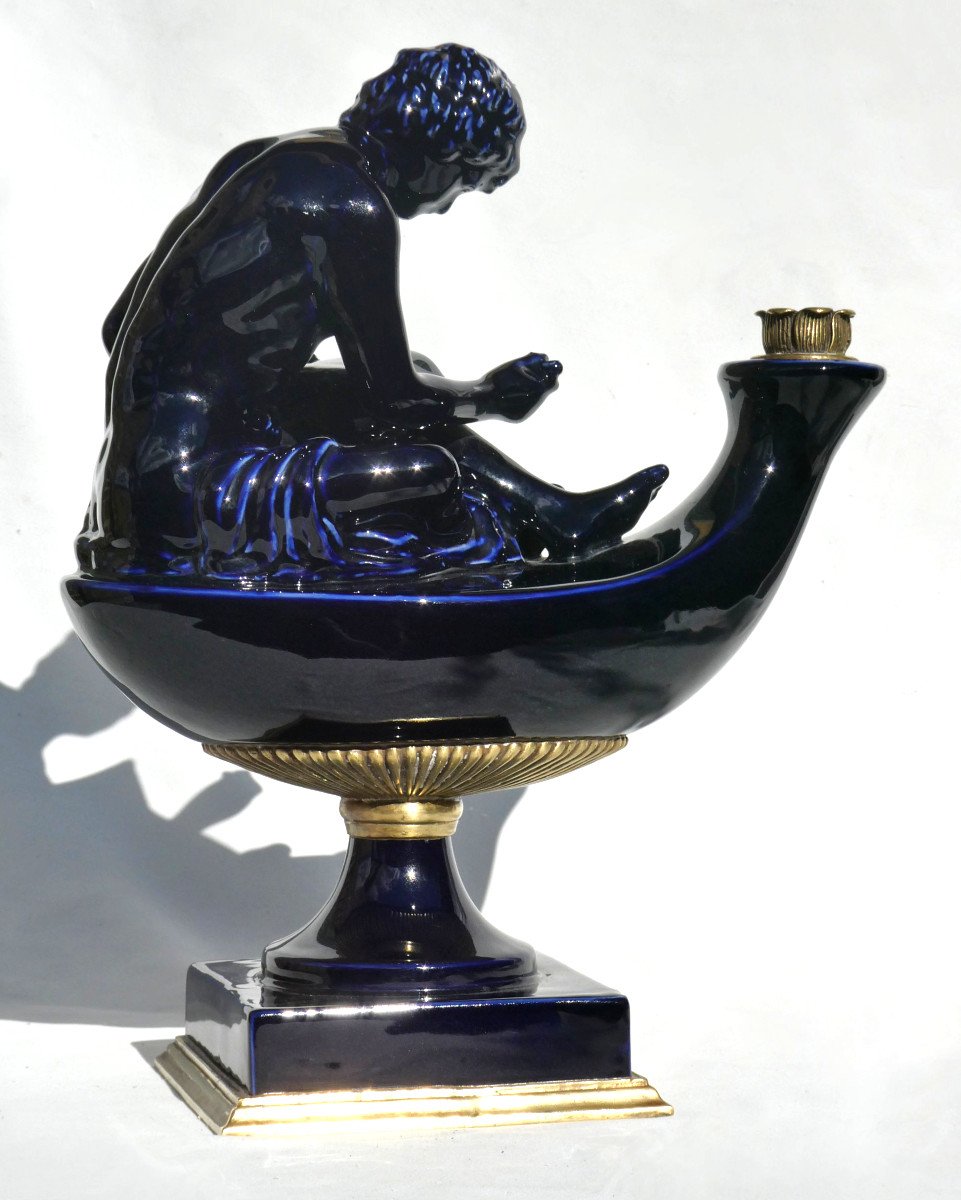




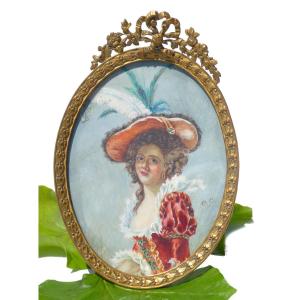

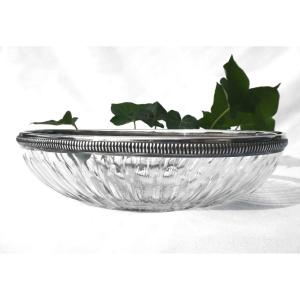
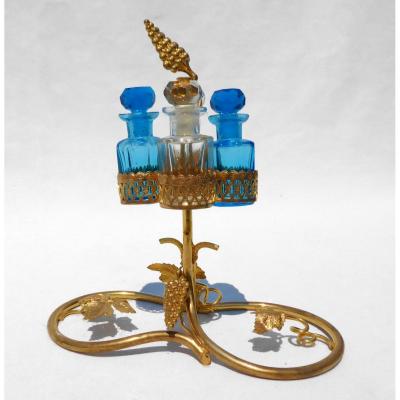
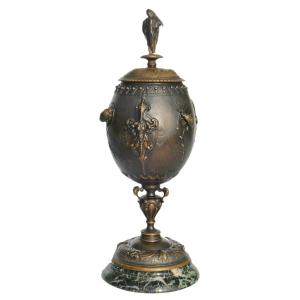
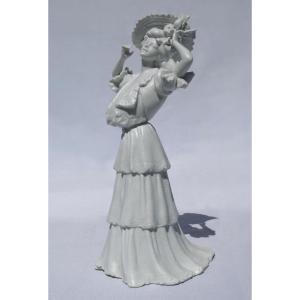



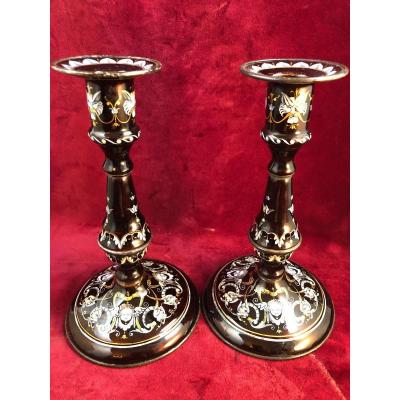





 Le Magazine de PROANTIC
Le Magazine de PROANTIC TRÉSORS Magazine
TRÉSORS Magazine Rivista Artiquariato
Rivista Artiquariato
